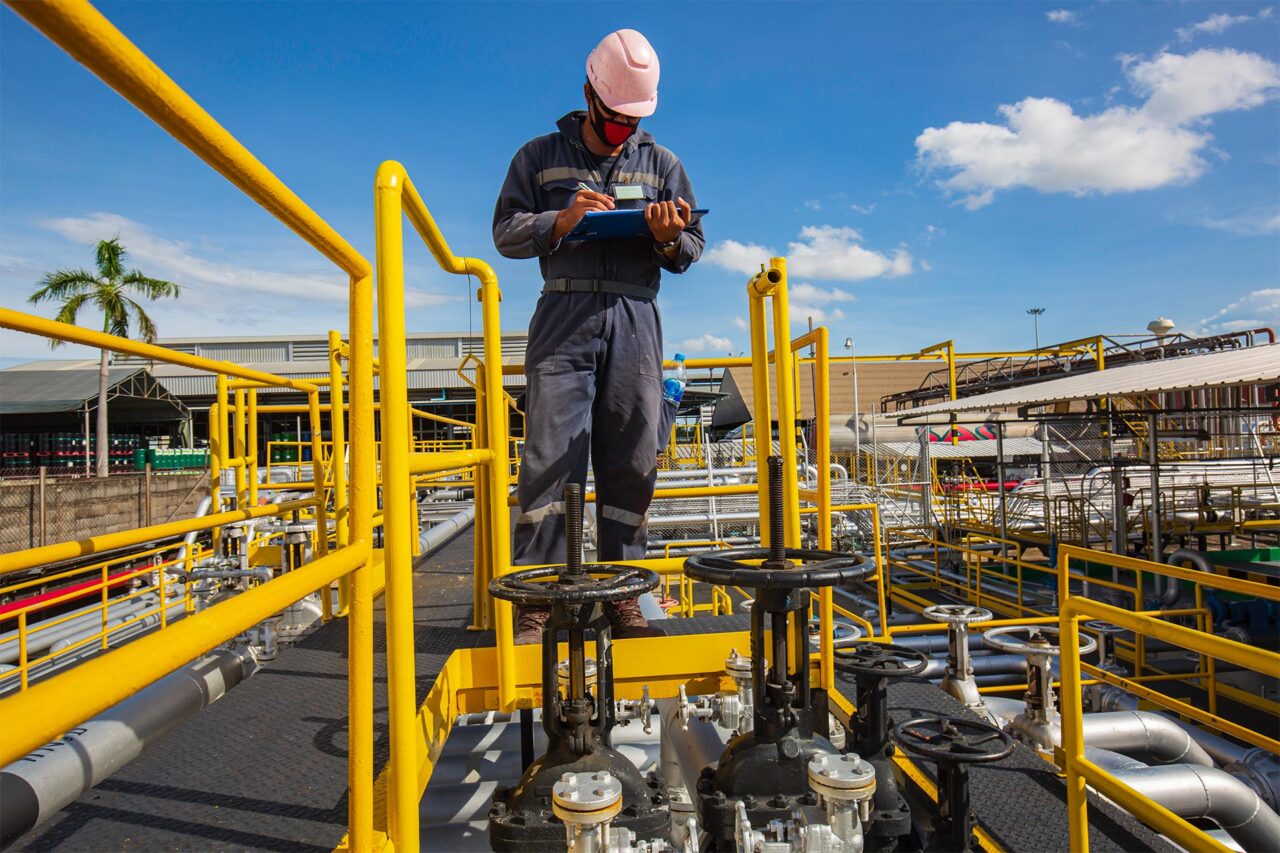
Non-Destructive Testing methods have become common with innovation and advancement in technology. Now, what do you mean by Non-Destructive Testing? NDT or Non-Destructive Testing involves techniques that are used to inspect materials and components without causing them any defects or flaws.
In this blog, we will discuss one of the important Non-Destructive Testing called Magnetic Particle Inspection also known as Magnetic Particle Testing.
What is Magnetic Particle Inspection
Magnetic Particle Inspection (MPI) is a nondestructive testing process used to detect surface and shallow subsurface discontinuities in ferromagnetic materials such as iron, nickel, cobalt, and their alloys . Let’s delve into the details:
1. Principle of MPI:
-
- A magnetic field is applied to the part being inspected
- The piece can be magnetized either directly (by passing an electric current through the test object) or indirectly (by applying a magnetic field from an external source).
- When there is a surface or subsurface discontinuity, the magnetic flux leaks out because air cannot support as much magnetic field per unit volume as metals.
- Ferrous particles (either dry or suspended in a liquid carrier) are then applied to the part.
- These particles are attracted to areas of flux leakage, forming what is known as an indication.
- The indication is evaluated to determine its nature, cause, and necessary course of action.
2. Electrical Currents Used:
-
- Alternating current (AC) is commonly used to detect surface discontinuities. However, it has limitations for detecting subsurface discontinuities due to the skin effect, where the current runs along the surface and does not penetrate deep into the material.
- Full wave direct current (FWDC) is employed to detect subsurface discontinuities that AC cannot reach. The depth of magnetic penetration depends on the current applied
3. Application Areas:
MPI is crucial in various industries, including:
Oil and gas: Detecting defects in pipelines and equipment.
Aerospace: Ensuring the integrity of aircraft components.
Automotive: Checking critical parts for safety.
Manufacturing: Verifying the quality of metal components.
4. Wet vs. Dry Techniques:
-
- In dry MPI, dry magnetic particles are directly applied to the material surface before magnetization.
- In wet MPI, magnetic particles are suspended in a liquid carrier and then applied to the material.
- Electromagnetic yokes are commonly used due to their stronger magnetic field
Remember, MPI plays a vital role in maintaining safety and performance by identifying defects that might otherwise go unnoticed in critical components.
Importance of MPI to Oil & Gas Industry
1. Detecting Surface and Near-Surface Defects:
- MPI is widely used to identify surface and slightly subsurface discontinuities in ferromagnetic materials. It helps locate flaws such as cracks, porosity, and other irregularities that may compromise the integrity of critical components.
- In the Oil & Gas sector, where safety and reliability are paramount, MPI ensures that equipment and structures are free from hidden defects.
2. Cost-Effective and Reliable:
- MPI is a cost-effective inspection method that doesn’t harm the parts being examined.
- It provides reliable results and is commonly employed for various applications, including:
-
- Machined parts
- Iron and steel castings
- Forgings
- Welds
- Parts undergoing heat treatment
Industries benefiting from MPI:
- The Oil & Gas industry relies on MPI to assess critical components such as pipelines, pressure vessels, and drilling equipment.
Choosing the Right Inspection Method:
- Visible Inspection:
- Ideal for locating large surface defects.
- Performed indoors or outdoors under white light.
- Fluorescent Inspection:
- Ideal for locating very fine discontinuities just below the surface.
- Requires a dark room with ultraviolet light for examination.
Application Methods:
- Dry Method (Visible):
- Suitable for low to medium sensitivity inspections.
- Works on most ferrous metal surfaces.
- Wet Method (Visible):
- Ideal for high sensitivity inspections on parts with varying shapes and sizes.
- Detects shallow and fine surface cracks.
- Wet Method (Fluorescent):
- Used for high-volume, high-sensitivity inspections.
- Coats parts with an even layer of magnetic particles.
- Immediate Results:
- MPI is fast and easy to apply, making it one of the most widely utilized NDT methods.
- Inspectors can promptly assess parts and decide whether they meet industry specifications.
In summary, MPI ensures the safety, reliability, and performance of critical components in the Oil & Gas industry, contributing to overall operational excellence.
Want to conduct a Magnetic Particle Inspection for your industry?
We can help you. Tubecare boasts a team of talented and experienced inspectors with a deep knowledge of MPI and its processes to help detect defects in your components with efficiency. Contact us now.
